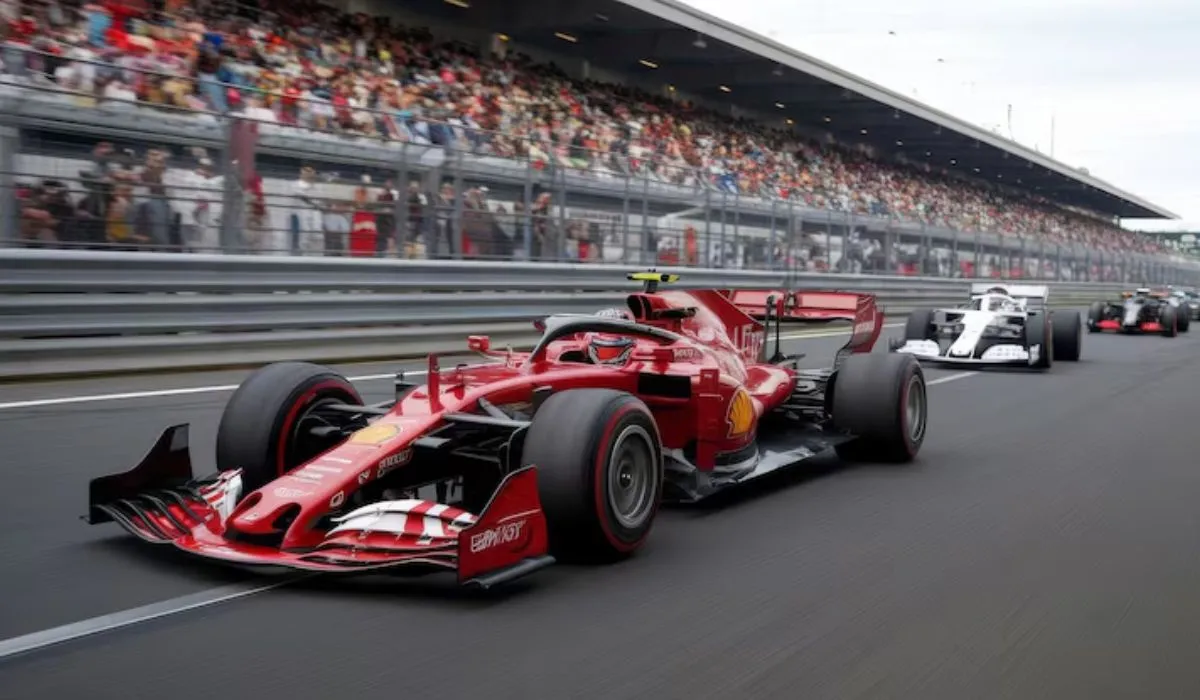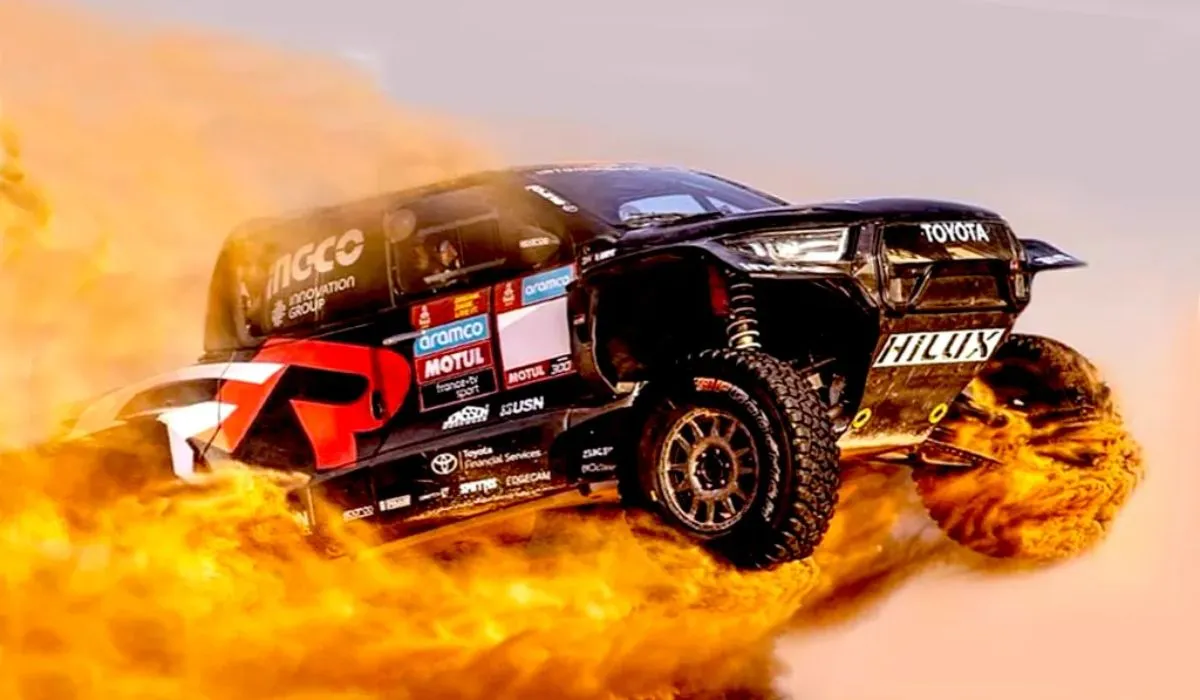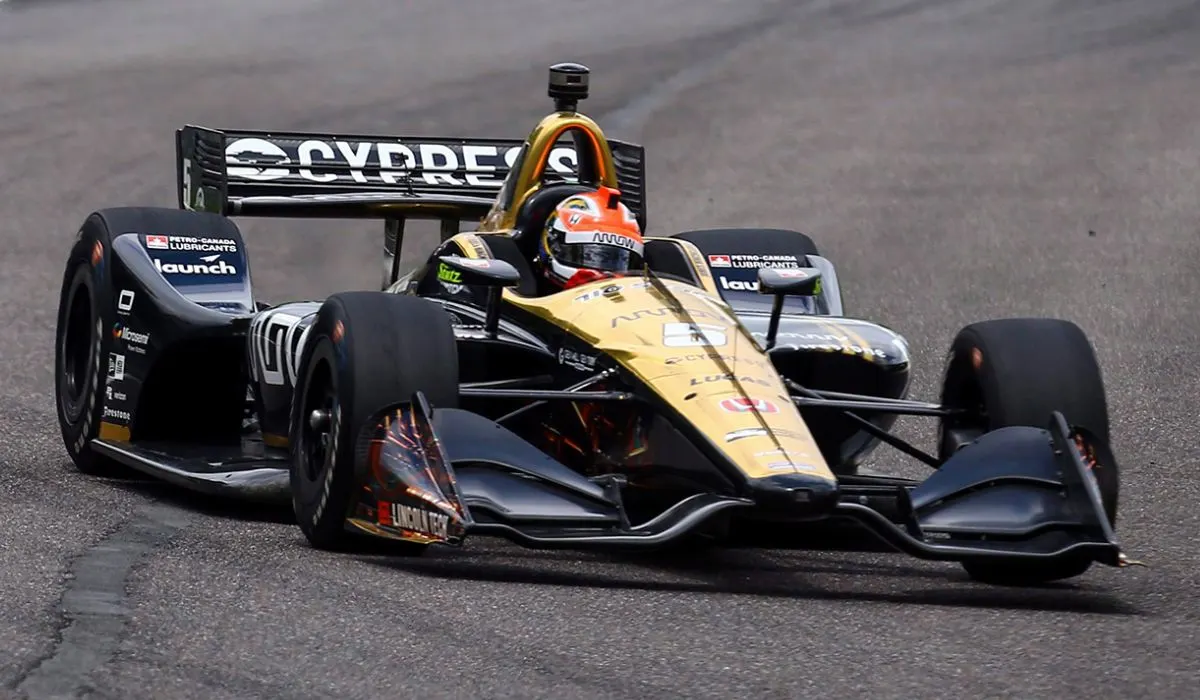Nevertheless, given the current downsizing tendency, it's most likely true that every manufacturer has already produced an engine that is larger than any it will produce.
Here, we examine illustrations from 40 car manufacturers, arranged according to capacity. To be clear, the engines we are focusing on are those found in vehicles that are available to the general public (even if they are only found in very limited numbers). Dump trucks, race cars, and other vehicles of a similar nature do not qualify. Let's examine this.
Citroen: 3.0 litres:

Citroën's entry is the first on this list and one of the only ones that runs on diesel. The 2720cc Peugeot-Citroën-Ford V6 engine that was first installed in the C5 and C6 saloon cars was increased to 2993cc in 2009, producing 237bhp and 332 lb-ft of torque, which is greater than many of the larger engines you'll see later in the article. Additionally, Land Rovers and Jaguars made heavy use of it. For those who are curious, Citroën's SM grand Tourer utilized a 3.0 liter V6, albeit with a somewhat lesser displacement of 2978cc.
Subaru: 3.6 litres:
In contrast to several other Japanese automakers, Subaru has never invested in extremely large engines, opting instead to rely on turbocharging in situations where high power outputs are needed. The largest engine available is a 3.6-liter flat-six, which was introduced in 2010 and is found in the Tribeca SUV, Legacy, and Outback (also referred to as the Lancaster in its native market).
Although it was designed for Formula One and other motorsports purposes, Subaru also produced a 3.5-liter flat-12, which isn't thought to be the company's best creation.
Acura: 3.7 litres:

The largest engine in the Japanese manufacturer's V6 J-Series family is found in the RL and TL sedans, as well as the MDX and ZDX crossovers manufactured under the premium brand of Honda.
Initial capacity for that range was 2.5 liters, however the J37 had a 3664cc capacity. When it was first released, Acura claimed that the engine produced 300 horsepower and 270 lb ft, making it the most powerful the company provided; however, this claim has since been surpassed. It is not used by the MDX that is in use today, and the older models have been retired.
Honda: 3.9 litres:
The fourth-generation Legend, the non-US version of the Acura RL, is also equipped with the same 3.7-liter V6 engine as the Acura RL, but it is not the biggest engine ever installed in a road car with the Honda brand. Honda debuted the Crossroad model in November 1993, with an engine displacement of 3946cc. This was the company's first, and still its only, automotive V8. The Crossroad was a first-generation Land Rover Discovery that Honda, then in conjunction with Rover, had constructed in Solihull. It was shipped to Japan under alternative emblems. A later iteration bearing the same name was propelled by four-cylinder, smaller engines. Honda revealed the release of its first V8 of its design that is commercially accessible in September 2023.
Volvo: 4.4 litres:
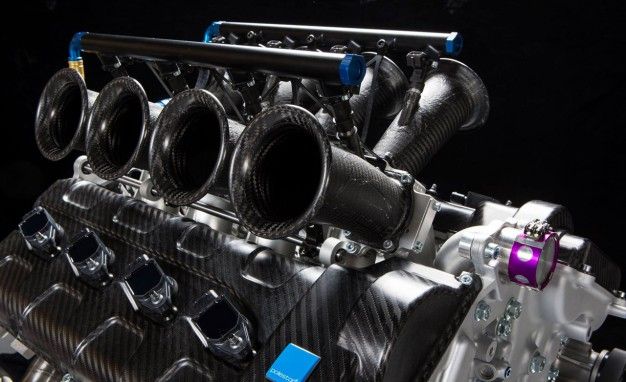
In the past, Volvo was a larger company that produced both cars and heavy-duty vehicles. The latter division, which is now independent of the car industry, had engines as big as 16.0 liters. Volvo's largest internal combustion engine, designed in collaboration with Yamaha, is a 4414cc V8. It developed 311 bhp and 324 lb ft of torque and was installed in the S80 saloon and the XC90 SUV (shown). A 4989cc version of the same engine, capable of producing up to 650 horsepower, was developed by Polestar Racing for use in an S60 silhouette racer that participated in the Australian V8 Supercars championship.
Land Rover: 5.0 litres:
Since 2009, Jaguars, Land Rovers, and Range Rovers have been equipped with a nearly identical 5.0-liter V8 engine. Although it's not the biggest ever installed on a Jaguar, it is the biggest for the other two brands. Although some Jaguar models have more power, the most powerful models, which are utilized in Range Rovers, have maximum power of 567bhp and peak torque of 513lb ft. One such model is the Sport SVR, which is pictured and is characterized by staff members as "widely admired yet not roundly loved."
Nissan: 5.6 litres:
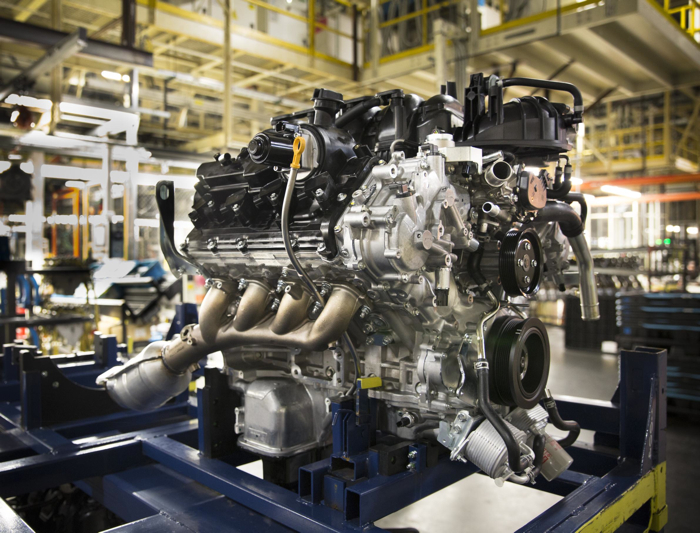
As we just covered, the Infiniti 5552cc V8 is the largest engine ever installed in a Nissan that is offered for sale to the general public. It has been utilized in a number of competitive cars, the Armada, Patrol, and Pathfinder SUVs, and the Titan pickup truck. Even bigger, at 6373cc, Nissan has also built a V8, although unless you are a member of Japanese royalty or closely related to one, you will not have driven a car powered by this engine.
FAQs
What is the largest factory car engine?

The Wärtsilä-Sulzer RTA96-C turbocharged two-stroke diesel motor is the world's biggest and most remarkable creation gas powered motor. It has a most extreme result of 84.42 MW (113,000 hp) of force and an uprooting of 1,820 liters (110,195 cubic inches), making it bigger than a V12 motor.
What American car has the biggest engine?
The Evade Snake is known for lodging the greatest motor in any creation vehicle, and it has clutched this title since it originally grasped it from the Cadillac 500 motor
What is the biggest engine GM ever made?
As per Russ O'Blenes, the GM overseer of the Presentation and Dashing Drive Group, the ZZ632 is the "greatest, baddest case motor we've at any point constructed. [It] sits at the highest point of our unrivaled carton motor arrangement as the lord of execution. It conveys mind boggling power, and it does it on siphon gas."
What is the largest V6 engine ever made?
The removal of present day V6 motors is regularly between 2.5 to 4.0 L (153 to 244 cu in), however bigger and more modest models have been created, like the 1.8 L (110 cu in) Mazda V6 utilized in the 1991-1998 Mazda MX-3, or the 1.6 L (98 cu in) Mitsubishi V6 motor utilized in the 1992-1998 Illusion/Lancer, while the biggest ...
